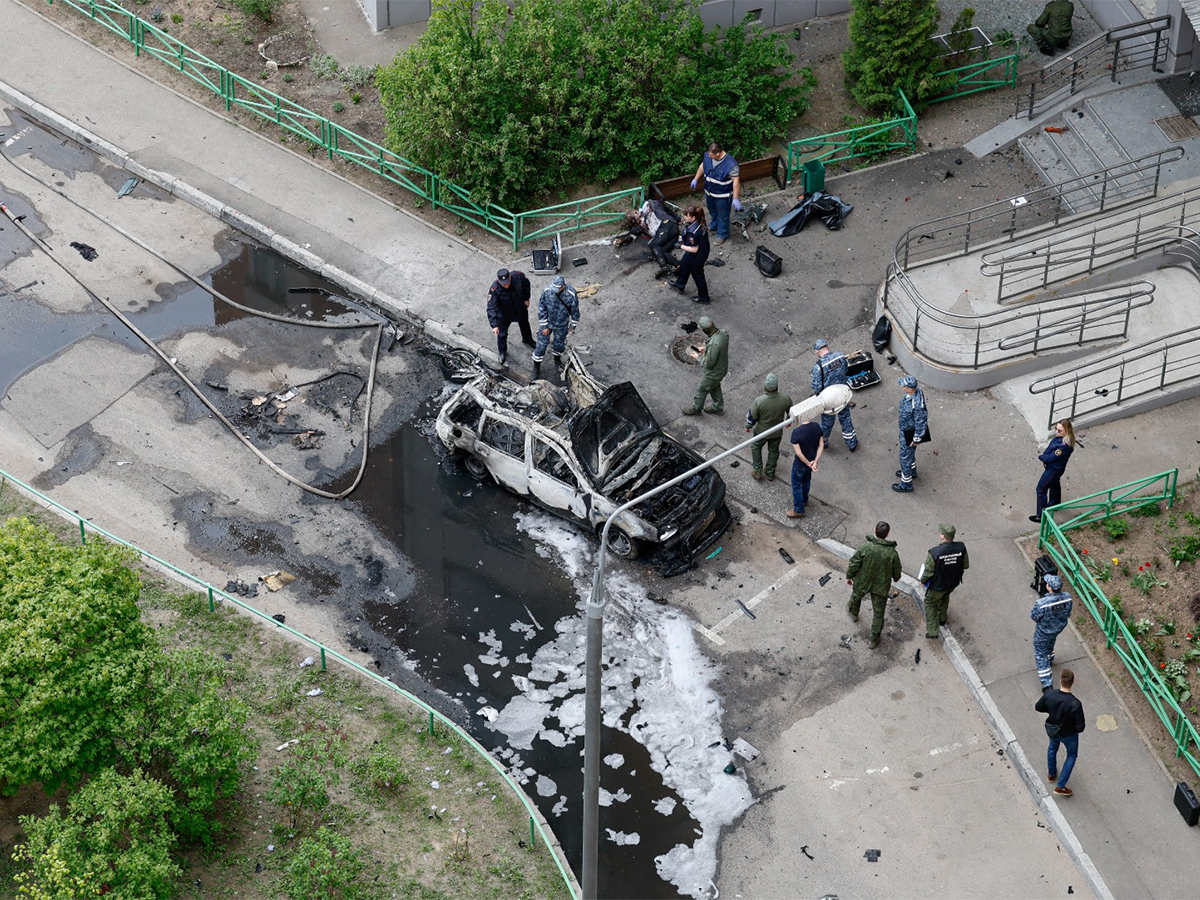Odisha govt gifts Lower Suktel Irrigation Project to farmers in Bolangir
Jan 03, 2024

Balangir (Odisha) [India], January 3 : In a continued thrust towards development in the irrigation sector and empowering the farmers of the state, Chief Minister Naveen Patnaik inaugurated the Lower Suktel Irrigation Project in the drought-prone Balangir district on Wednesday.
Chief Minister Patnaik dedicated the project to benefiting farmers and residents by providing drinking water facilities, marking a new era of agricultural prosperity and improving living conditions in the region.
The Lower Suktel Irrigation Project, following completion of the distribution system next year, will irrigate nearly 1.00 lakh acres (40000 ha) of 203 villages, benefiting approximately 75,000 farmers.
It is historic, as Bolangir has always been an arid and dry region of Odisha, receiving an average of 110 cm of rainfall every year. Only 31 percent of land in Bolangir is irrigated. It is known as a region prone to poverty, droughts and distress migration.
With the completion of this project, the semi-arid and drought-prone district of Bolangir will carve out, in the near future, a growth trajectory like the adjoining districts of Bargarh and Sambalpur, enjoying benefits from the Hirakud dam and Kalahandi from the Upper Indrabati dams, respectively.
The project, which stalled for over two decades for multiple reasons such as public agitation and political protests, will be a game-changing gift to the district. The drinking water needs of Bolangir Municipality and Patnagarh NAC will now be taken care of. It will also entail the geometric progression of industry and tourism.
Chief Minister Patnaik decided in 2019 that this project would be taken up under the 5 T initiative and expedited with smart technology and teamwork.
The 5T envisions an empowered Odisha where poverty will be a thing of the past, where women are equal partners in growth and development which is inclusive of all vulnerable sections in development and where the dreams of our youth come true.
Once HCM decided to take up the lower Suktel project under 5T, VK Pandian, the 5 T Secretary took up its monitoring from the Chief Minister's Office (CMO).
It led to the coming together of district administration, timely follow-up by the department, and leadership from the topmost office, the CM.
Decisions that were pending for years were cleared in days, sometimes in 24 hours. VK Pandian undertook field visits and quarterly reviews. The department monitored decisions taken and issues raised by the district administration on a daily basis.
Concrete efforts were made to sensitise people to the long-term socio-economic benefits of the project. Political opinions were accommodated, cutting across party lines; generous compensation was given; and the state authorities, district administration and project functionaries engaged with the pro- and anti-project people.
The political will at the highest level drove the implementation of the project under the 5 T mandate.
All these worked wonders and paved the way for the resumption of work in January 2021.
Free rations, temporary worksheds and conveyance facilities were provided during the evacuation.
The resettlement colonies have been provided with spacious plots for the families, concrete roads and drains, illuminated streets, common pond, potable water, temples, crematoriums, Anganwadi centres, schools, market places, etc.
The colonies have been set up near the district headquarters. Skill development and financial literacy programmes were given a thrust. VK Pandian visited the project site three times in a short span, conveying the intention of HCM.
The district administration, led by the collector, worked night and day to make this dream a reality.
The gains from this project are immense. Prosperity for the region by creating round-the-year farm jobs; augmentation of farm income; contribution to socio-economic upliftment; and reverse migration in a chronic migration-prone area.
The Lower Suktel project is a perfect example of teamwork under 5T.
The government machinery across all levels swung into action, with Pandian reviewing progress involving the Department of Water Resources, Forest and Home every two months; the Development Commissioner-cum-Additional Chief Secretary, Water Resources, with all the stakeholders, every month; and the Collector, Bolangir, with SP, DFO, Chief Construction Engineer, and Field Engineers every week. The political resolve was unshakable and the bureaucratic decisiveness was unwavering.
All the obstacles were dismantled systematically and apprehensions were quelled proactively. Greater compensation and rehabilitation assistance were given; political protests were handled with sensitivity and the people were sensitised to the beneficial outcomes, far outweighing the momentary pain.
Pressurised underground pipelines are being used for distribution systems, which is the first of its kind in the state. It will save water from seepage, evaporation loss and transmission loss.
In order to complete the project on time, composite girder was used instead of RCC for the spillway deck slab. Automated radial spillway gates have been installed for remote operation through Supervisory Control and Data Acquisition (SCADA).
The fact that this project has been designed to be micro-irrigation-enabled will make it one of the most water-efficient projects in the country.
Nearly 1.00 lakh acres (40000 ha) of 203 villages will get irrigated. It will benefit approximately 75,000 farmers and provide drinking water to Bolangir Municipality.
It will create farm jobs year-round, augment farm income, contribute to socio-economic upliftment and reverse migration. Besides, the project will have many direct and indirect benefits through pisciculture; horticulture; agro-industries, small-scale industries; tourism, etc.
It may be recalled that in the recent past, the Naveen Patnaik Govt has dedicated a slew of big water infrastructure projects, such as the Upper Indravati Lift Canal benefiting Kalahandi district; Lower Indra benefiting Nuapada and Bolangir districts; Deo benefiting Mayurbhanj district; Telengiri benefitting Koraput district; Subarnarekha, also including Haldia, benefiting Mayurbhanj and Balasore districts; Rukura benefiting Sundargarh district; and Ret benefiting Kalahandi district.
These projects, including some other key infrastructure, together provide irrigation for 3.64 lakh acres (1.47 lakh ha).
This project is reflective of New Odisha. The political will, monitoring at the highest level, sensitive and efficient administration and pro-people approach could make a distant dream a reality.

















